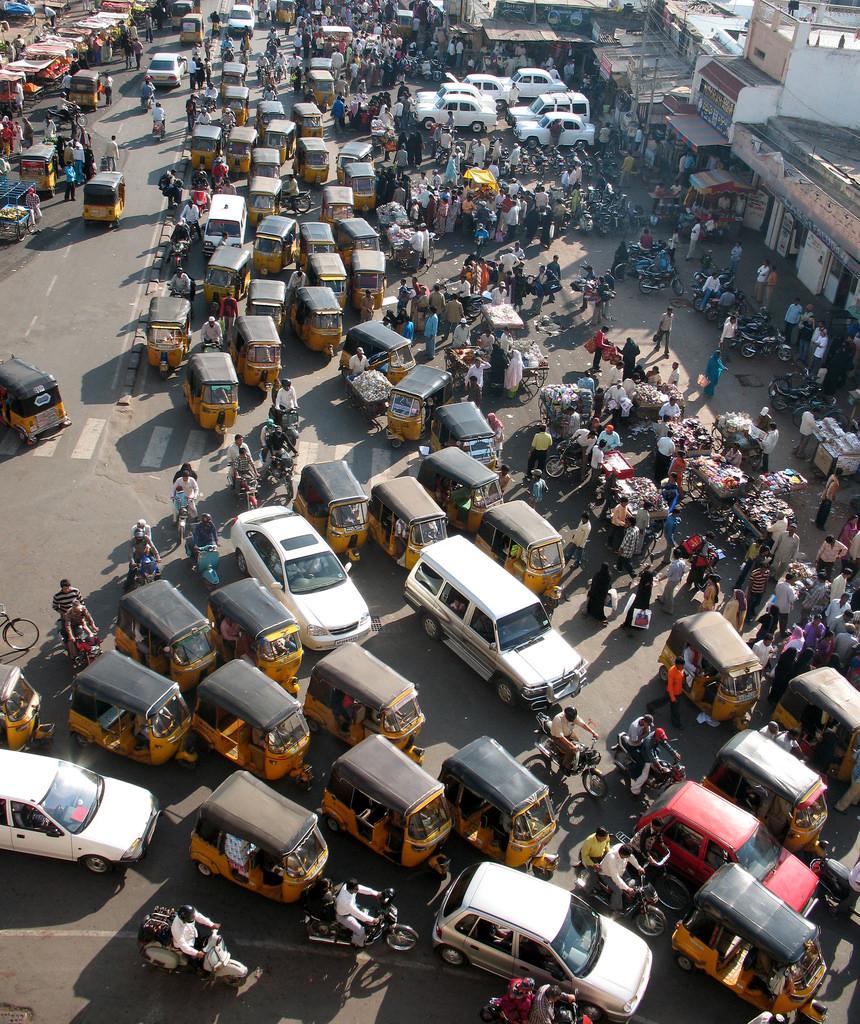



Parking is a well-identified problem for cities and urban-regions around the world. It gets further intensified in areas of high population density. Mumbai is the fifth most-dense municipal region in the world with almost 74000 persons living in one square kilometre. Now, if we typically imagine a family of four owning one vehicle, through a conservative approach, it totals up to 18,500 families and 18500 vehicles (including the scope for public transport) for a considerably small patch of land! Like any other world city, Mumbai also has areas of hyper-density especially the ones surrounding markets and commercial centres, areas near transportation centres.
Typically, Mumbai has been associated with an identity of the land of limited space. Even in the ages of emergence, owning a bungalow on this island-city was an esteemed luxury. But when the city was planned, the fashion was a hand-pulled rickshaw and a motorcar would be a seldom sight. With the economic boom of the city, millions migrated to populate every nook and corner of Mumbai, they got richer and treated their lives with vehicles. Mumbai continues to host an excellent public transportation system which led many households to abstain from owning vehicles but yet an evident majority of vehicle owners does its best in getting the appalling state of this urban chaos.
This problematic question of where to park concerns everywhere in Mumbai but it affects the southern district of the city the most. The narrow by-lanes of South Mumbai bears a penetration of thousands of private cars, taxis and buses amidst bustling markets and the quarter of headquarters. Roads leading to CST, Crawford Market and Bhendi Bazaar, amongst hundreds more, are infamous for not offering pedestrians a safe walk, cars often rush past these side-walkers leaving an inch of a margin from hitting them. Civic authorities in the city constantly warn drivers about the challans they might attract by parking in undesignated areas, but an ineffective implementation of such rules teams up with well with inconsiderate nature of drivers, and together they create an urban nightmare!

Many global cities face the same issue and keep up their efforts in curbing such behaviour, Mumbai should take a note of them. Cities around Europe have implemented a fancy flair for drivers by offering a Park-n-Ride scheme, where a driver is asked to park the car outside of the busy city centre and use the parking charges to mobilise within the centre by hopping on public transport. Mumbai shall also look into constructing parking oriented multi-level complexes, especially in busy patches like Worli, Andheri, Bandra, Dadar etc. having a capacity of a few thousand cars at least. Introducing congestion charges, like in London, would also compel drivers to look for other alternatives than dragging their cars and burdening on limited parking spaces. Detrafficking narrow streets for pedestrians would also be a great step towards decongesting streets with moving traffic and creating more parking spaces.
explore further
Latest from Editorials
More from Publications
Resources
Dwello, for every home buyer, is a way to go from 'I feel' to 'I know', at no extra cost.




